

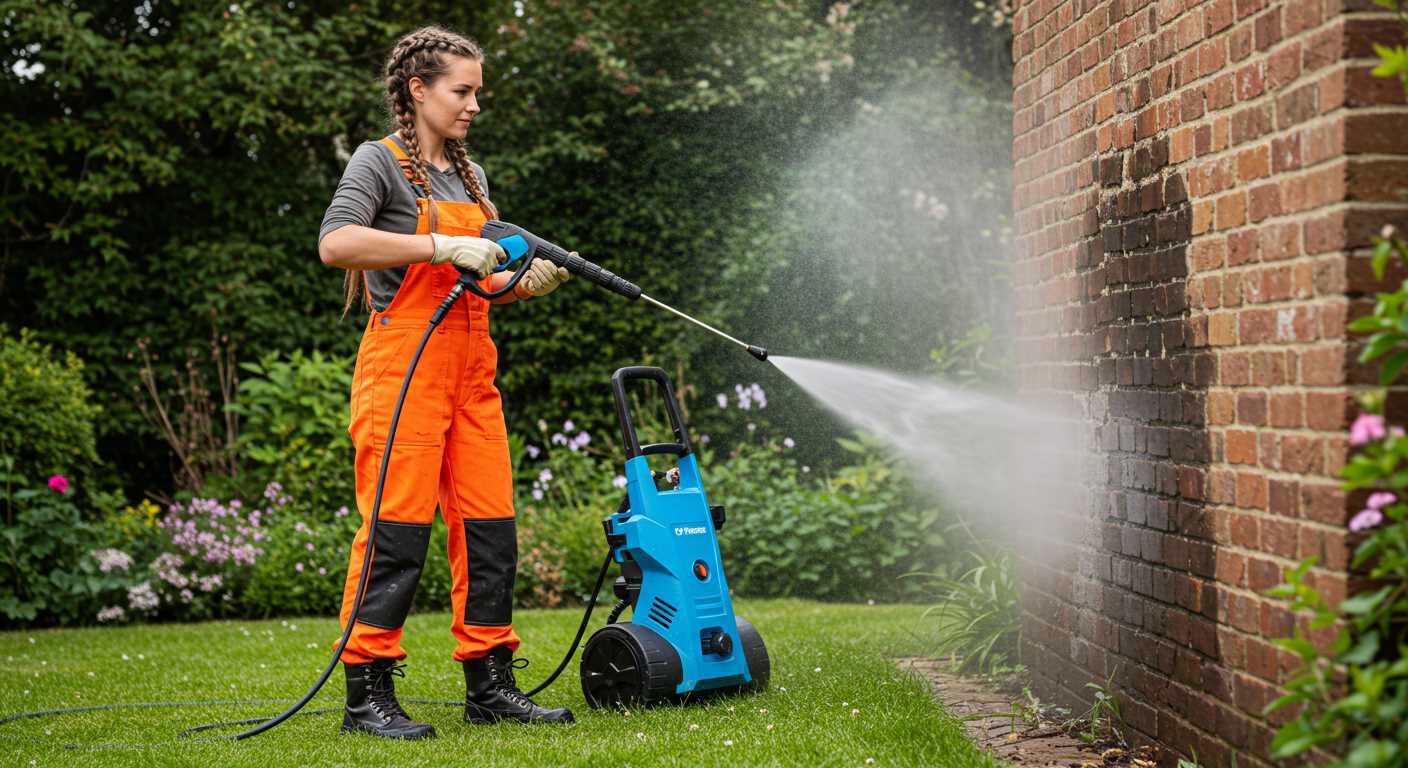
Check the water supply first. A common culprit for abrupt interruptions is inadequate water flow. Ensure your garden hose is fully opened and free of kinks or blockages. I remember a time when I spent hours lost in frustration, only to discover that a simple twist in the hose was the source of my woes. Water is the lifeblood of these machines; without it, they simply can’t operate.
If the water supply is fine, inspect the filter. Many units have a built-in filter that can clog over time. During my tenure in the industry, I often found that a quick clean of this component resolved various performance issues. A blocked filter restricts water flow, leading to overheating and automatic shutdowns. Just a few minutes of maintenance can save you from repeated interruptions.
Next, check for overheating. Most models have thermal protection systems that shut down the motor if it gets too hot. This can happen if you’re using the unit for extended periods without breaks. I’ve had customers who didn’t realise that giving the machine a short rest every so often could prevent these frustrating shutdowns. If you notice it getting too warm, allow it to cool down before resuming work.
Lastly, inspect the electrical connections. Loose or damaged power cords can lead to inconsistent power supply. During my years of experience, I encountered several cases where a simple replacement of a frayed cord made all the difference. Always ensure that the connections are secure and in good condition to maintain a steady flow of power.
Common causes of sudden shutdowns
One frequent reason for abrupt interruptions in operation is overheating. Many models are equipped with thermal protection that activates when the motor temperature exceeds safe limits. Ensure that the unit has ample airflow and is not obstructed by debris or dirt. Regular cleaning of air intake vents can prevent this issue.
Power Supply Issues
Fluctuations in power supply can also lead to unexpected cessation. Check the outlet and ensure it provides a stable voltage. Using an extension cord that’s too long or of inadequate gauge may result in voltage drops, causing the motor to stall. Always use a heavy-duty extension cord rated for the appliance’s power requirements.
Clogged Filters and Nozzles
Another common culprit is a clogged filter or nozzle. Debris can accumulate in the water intake or nozzle, restricting flow and prompting the motor to shut down to avoid damage. Regularly inspect and clean filters, and replace nozzles if necessary to maintain optimal performance.
How to check for water supply issues
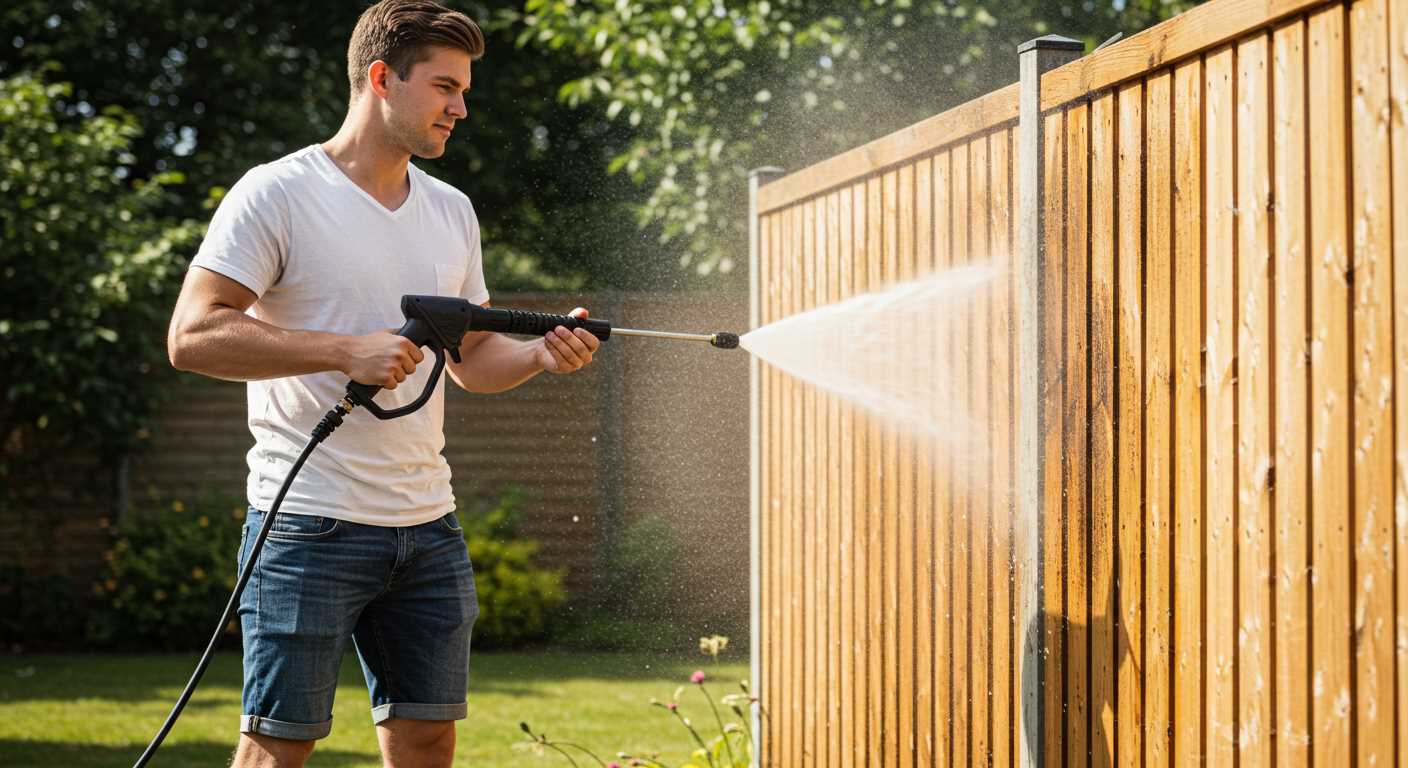
First, ensure the water source is turned on fully. A partially opened valve can restrict flow, leading to insufficient supply, which might cause the equipment to shut down unexpectedly.
Inspecting hoses
Examine all hoses for kinks, blockages, or leaks. Even a small obstruction can dramatically reduce water flow. Replace any damaged sections promptly. Make sure connections are secure to prevent air from entering the system, which can also disrupt water flow.
Checking filters and screens
Many units have an inlet filter or screen that can become clogged with debris. Remove and clean the filter regularly to maintain optimal performance. If the filter is damaged, replace it immediately to prevent further issues.
| Issue | Solution |
|---|---|
| Low water pressure | Check valve and ensure it’s fully opened |
| Kinked hose | Straighten hose to restore flow |
| Clogged filter | Clean or replace the filter |
| Leaks | Inspect hoses and fittings; replace if necessary |
Finally, monitor water temperature. Using hot water can sometimes cause the unit to overheat and shut down. Stick to the manufacturer’s recommendations for best results. Addressing these aspects will help maintain a consistent water supply and keep your equipment running smoothly.
Identifying electrical problems with your pressure washer
Inspect the power cord for any signs of damage, such as frays or cuts. A compromised cord can interrupt the flow of electricity, causing the machine to stop working. Replace it if necessary, as this is a straightforward fix that can save you time and hassle.
Check the plug socket. Ensure it’s functioning correctly by testing it with another device. If the socket is faulty, it may not provide a consistent power supply, leading to sudden interruptions. If you discover an issue, consult an electrician to resolve it.
Examine the internal components. Sometimes, loose connections within the unit can lead to power loss. Open the casing (ensure it’s unplugged first) and visually inspect the wiring and connectors. Tighten any loose connections you find, but be mindful of not causing damage while doing so.
Look for any signs of burnt components, especially around the motor or circuit board. A burnt smell or discoloration can indicate overheating or electrical faults. If you encounter such issues, it might be time to consult a professional or consider replacing the machine.
Refer to the user manual for specific troubleshooting steps related to electrical problems. Each model may have unique quirks that can guide you in identifying issues. Additionally, understanding the pump type can provide insights into potential electrical requirements and common issues associated with your model.
Lastly, if the machine frequently trips circuit breakers, it may draw too much current. This could indicate an overload or an internal fault. Investigate this thoroughly, as it could be a sign of a deeper problem that needs addressing.
Signs of Overheating and How to Prevent It
One of the clear indications of overheating is a noticeable drop in performance. If the water pressure suddenly decreases or the unit emits a burning smell, it’s time to take action. I’ve encountered situations where a machine would start pulsating or delivering hot water instead of the usual cool flow, signalling an internal temperature rise.
To prevent this from happening, ensure that the intake water is at an adequate temperature. Water that is too warm can contribute to overheating, so always use cold water. Additionally, check your hose for kinks or blockages that could restrict flow. A smooth, unrestricted path for water is crucial.
Another preventive measure is to monitor the run time. Continuous operation for extended periods can lead to overheating. I recommend taking breaks; let the unit rest after every 30-40 minutes of use. This simple practice can extend the lifespan of the equipment significantly.
Regular maintenance is key. Clean the filters and nozzles often. Clogged filters can cause the motor to work harder, leading to heat accumulation. I’ve seen filters that were so choked with debris that the machines overheated within minutes of operation. Keeping everything clean can save you from costly repairs.
| Signs of Overheating | Preventive Measures |
|---|---|
| Decreased water pressure | Ensure adequate water supply and temperature |
| Burning smell | Regularly inspect for blockages |
| Pulsating water flow | Limit continuous run time; take breaks |
| Hot water instead of cool | Maintain clean filters and nozzles |
Lastly, consider the environment where you operate the machine. High temperatures can exacerbate overheating issues. If possible, work in shaded areas or during cooler parts of the day. I’ve noticed that a simple change in location can make a world of difference in performance and longevity.
Inspecting the Pressure Switch for Malfunctions
Begin by disconnecting the unit from the power source. A faulty pressure switch is often a culprit behind unexpected interruptions during operation. Familiarise yourself with the switch’s location; it’s typically situated near the motor assembly.
Follow these steps to inspect the pressure switch:
- Check for visible damage. Look for cracks, burns, or signs of corrosion on the switch.
- Ensure the electrical connections are secure. Loose wires can lead to intermittent functionality.
- Test the switch with a multimeter. Set it to the continuity test mode. Disconnect the switch from the circuit and check for continuity. If there’s no reading, the switch may need replacement.
- Examine the actuator. This small component triggers the switch when pressure levels drop. Make sure it moves freely and isn’t stuck.
- Inspect the mounting. A misaligned switch may not engage properly, causing erratic operation.
During my time in the industry, I encountered numerous machines suffering from similar issues simply due to a malfunctioning switch. One instance involved a unit that would start and stop at random intervals. After a thorough inspection, the problem traced back to a damaged actuator, which was easily replaced, resolving the issue.
After completing your inspection and any repairs, reassemble everything securely and test the unit. Monitor its performance closely. If problems persist, consider consulting a professional for more in-depth diagnostics.
Understanding the Role of the Thermal Relief Valve
If your cleaning unit is experiencing interruptions, pay close attention to the thermal relief valve. This component plays a critical role in regulating temperature and preventing overheating. When the machine runs for extended periods without adequate cooling, the thermal relief valve opens to release hot water from the pump, thereby reducing the risk of thermal damage.
How the Thermal Relief Valve Functions
- Thermal relief valves are designed to automatically activate when internal temperatures exceed safe limits.
- Hot water is expelled back into the water source, providing a cooling effect that protects the pump.
- Once temperatures stabilise, the valve will close, allowing normal operation to resume.
Common Issues with the Thermal Relief Valve
- A malfunctioning valve can lead to continuous discharge of water, causing a drop in pressure and performance.
- Debris or mineral buildup can prevent the valve from functioning properly. Regular maintenance is essential to avoid this.
- Inspect the valve for any signs of wear or damage. A compromised valve may need replacement to ensure optimal operation.
In my experience, I often found that cleaning the thermal relief valve during routine maintenance enhanced the reliability of the unit. If you’re interested in other cleaning techniques, check out this guide on how to clean oven with steam cleaner. Regular inspection of the thermal relief valve can save you time and hassle in the long run, keeping your machine running smoothly.
Maintenance Tips to Avoid Frequent Shutdowns
Regularly inspect and clean the inlet filter. I’ve encountered numerous models with clogged filters leading to inconsistent water supply, which can trigger automatic shutoffs. A quick rinse under running water can often restore flow and prevent disruptions during use.
Ensure the power cord remains in good condition. Damage can cause intermittent power loss. I once had a colleague whose machine would turn off unexpectedly due to a frayed cord. Replace any damaged sections immediately to maintain a steady connection.
Keep the Nozzle Clean
Examine and clean the nozzle regularly. A blocked nozzle can create excessive pressure, resulting in overheating. I recall a situation where a simple cleaning of the spray tip resolved a recurring shutdown issue. Use a small wire or pin to clear out any debris, ensuring optimal performance.
Routine Cooling Checks
After prolonged use, allow the machine to cool down. If you notice it shutting off after long periods, consider giving it breaks. I’ve seen machines restart seamlessly after a short cooling period. This simple step can significantly extend the lifespan of the unit while preventing shutdowns.
When to Seek Professional Repair Services
If your high-pressure cleaning device continues to malfunction despite troubleshooting efforts, it’s time to call in the experts. A few signs indicate that professional assistance is necessary. First, if you notice persistent leaks or unusual noises that don’t resolve with basic fixes, this could signal deeper mechanical issues.
Additionally, if the unit fails to start after checking power connections and ensuring proper water supply, it’s wise to consult a technician. Ignoring these symptoms may lead to more extensive damage that could incur higher repair costs later on.
Another consideration is the age of the machine. Older models may require parts that are difficult to find, and an expert can help determine if it’s worth investing in repairs or if replacement is a more economical choice.
In cases where the motor overheats repeatedly, despite following cooling procedures, seeking help is essential. This could indicate a failing component that needs immediate attention to prevent complete system failure.
Lastly, if you feel uncertain about any repairs or lack the tools and knowledge to proceed safely, it’s best to leave it to professionals. Their expertise can save you time and ensure your equipment operates optimally for years to come.

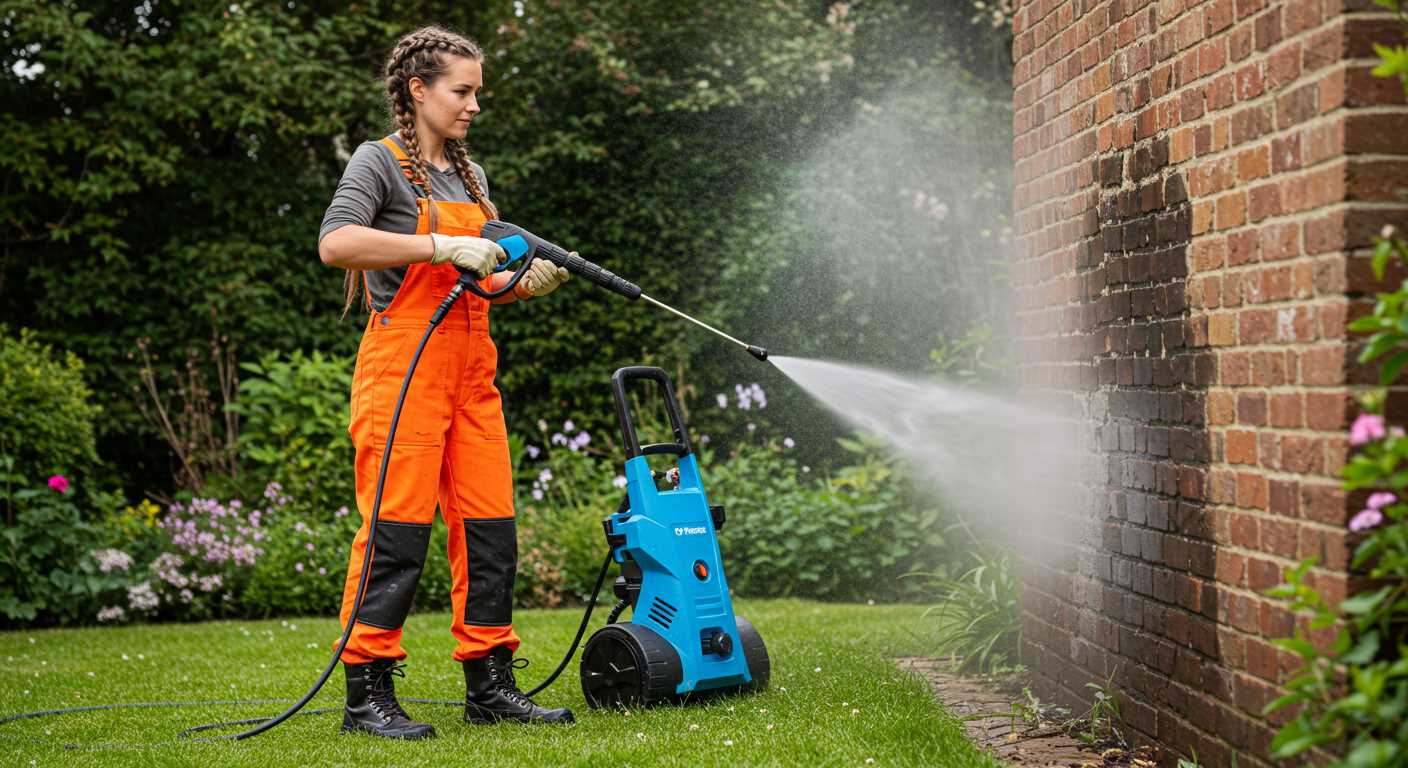

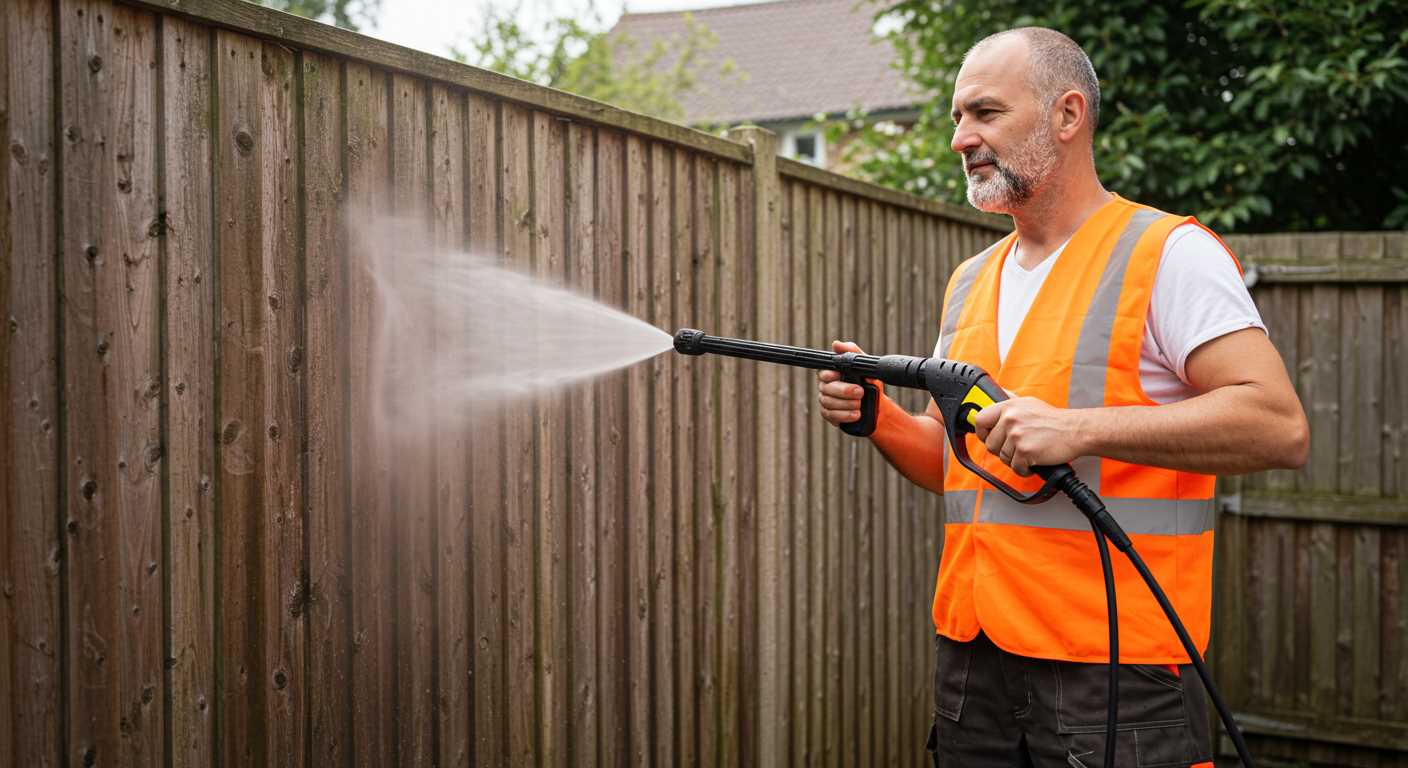
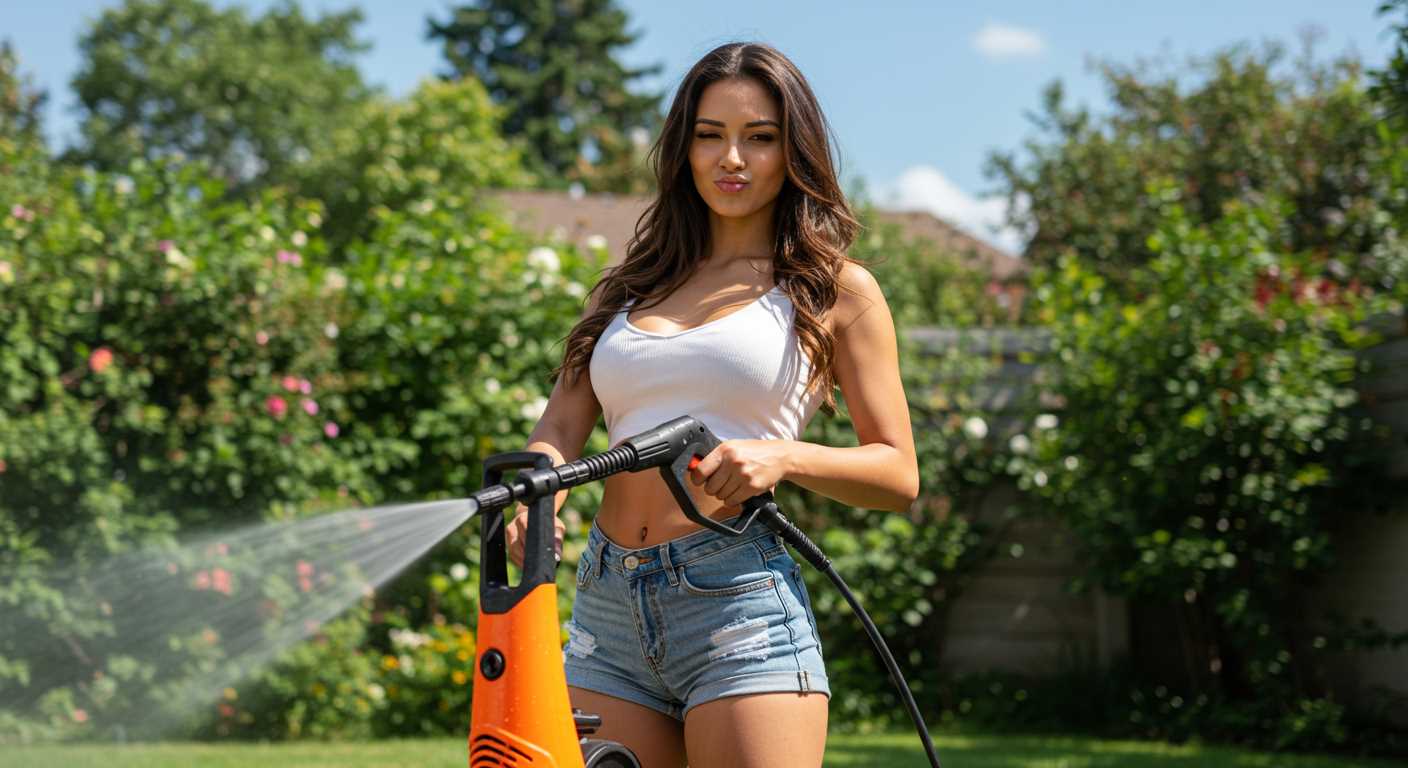
.jpg)


